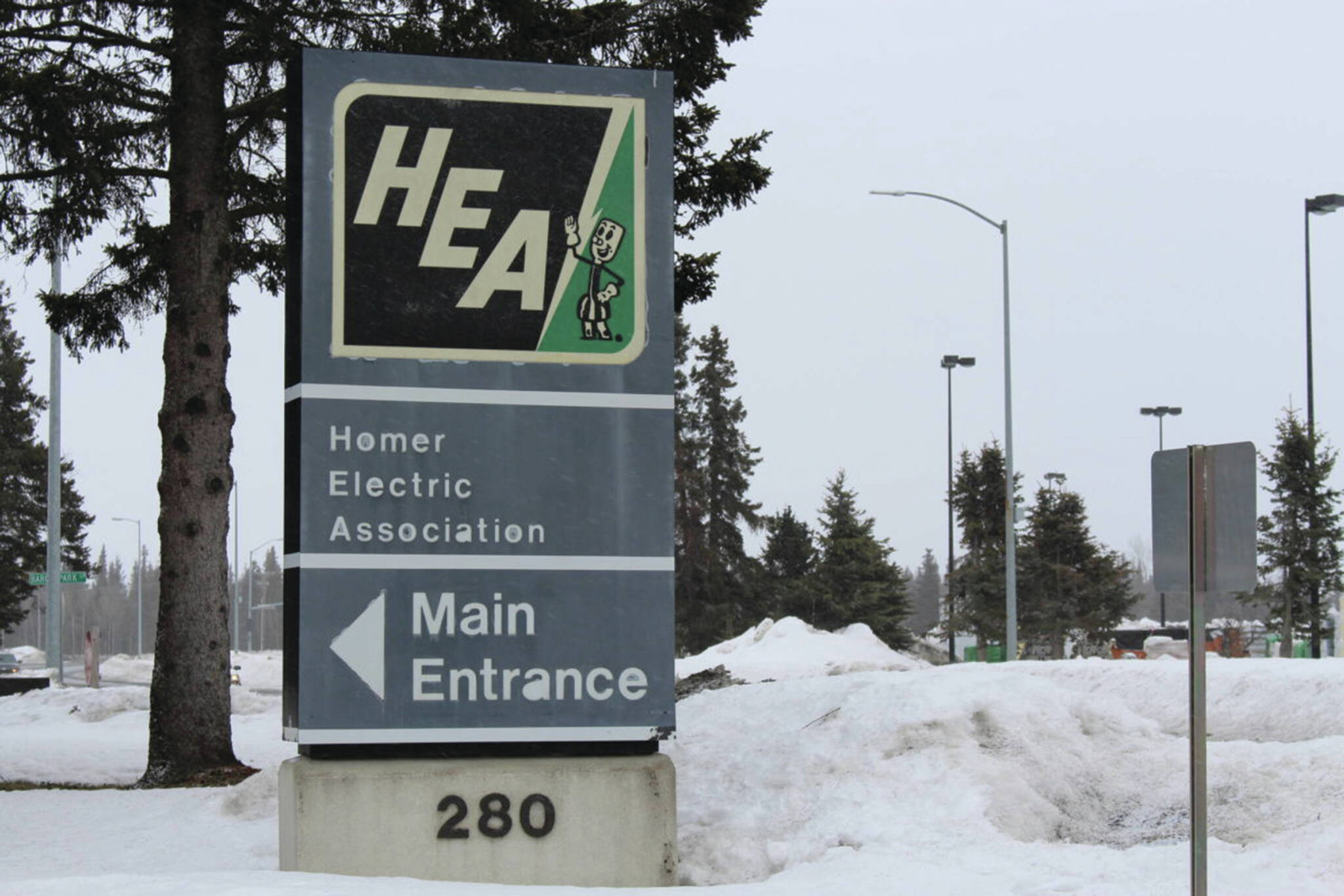Homer Electric Association wants to turn methane gas at the Central Peninsula Landfill in Soldotna into energy, and the Alaska Energy Authority wants to help them do it. The cooperative earlier this year received a grant that will let them finish design work on a project through which a biogas generator would produce energy for HEA and boost the Kenai Peninsula Borough’s existing leachate infrastructure.
Preliminary design work for the project has already been completed. The next phase, final design, is estimated to cost $1.1 million. Of that, 80%, up to about $885,000, will be reimbursed through a grant from Alaska Energy Authority’s Renewable Energy Fund Round 14, which HEA applied for last winter. HEA will cover the remaining cost and administer the grant.
HEA Manager of Fuel Supply & Renewable Energy Development Mike Salzetti said Friday that the grant will advance the project, years in the making, forward. HEA was excited to apply for the grant, he said, because funding hasn’t always been available. Like other state grant programs, the Alaska Energy Authority offerings have been negatively affected by the state’s fiscal woes, he said.
The project, when completed, will collect methane at the Central Peninsula Landfill. That methane will then be burned in a biogas generator. The energy produced by that generator will go to HEA, while the heat the generator puts off will be used to operate the borough’s leachate evaporator.
Leachate refers to the liquid that percolates through landfills, such as from trash itself or from rain and snow that fall on trash piles and then melt. Per Cornell University’s Waste Management Institute, leachate may contain certain toxic chemicals that can threaten groundwater or surface.
The borough currently treats leachate at Central Peninsula Landfill by evaporating the liquid with a heat source; that heat source is what HEA’s biogas generator could provide. The borough currently burns natural gas to evaporate leachate.
Displacing the natural gas the borough currently gets from Enstar with a biogas generator, Salzetti said, is one of the economic incentives for the borough to complete the project. Many of the benefits of the project, though, would be environmental, he said.
“That methane that is escaping from the landfill is going into the atmosphere,” Salzetti said.
Methane, which the HEA project would capture, is more than 25 times as potent as carbon dioxide at trapping heat in the atmosphere, according to the U.S. Environmental Protection Agency. Concentrations of methane in the atmosphere have more than doubled over the last two centuries.
“Because methane is both a powerful greenhouse gas and short-lived compared to carbon dioxide, achieving significant reductions would have a rapid and significant effect on atmospheric warming potential,” the EPA’s webpage on methane says.
To capture the methane, Salzetti said perforated CPVC pipes would be drilled down into trash piles. The gas collected with those pipes would be moved to a building in which the generator would be housed. The section of pipe that sticks out of the top of the trash pile, he said, resembles a gas well.
A reduction in atmospheric methane isn’t the only environmental perk of the project, though.
HEA’s Board of Directors earlier this year established a goal of generating 50% of the company’s energy needs from renewable sources by 2025. Salzetti said the landfill project would work directly toward accomplishing that goal.
The project, when completed, HEA estimates, will generate about 1.6 megawatts of electricity. That would cover approximately 3% of the company’s total load, or the total amount of energy it supplies to members, Salzetti said.
Energy generated at the landfill through the project would displace natural gas HEA currently burns in Nikiski to meet the same member needs, he said.
HEA expects that the project will further benefit both the company and the borough as methane output, which is regulated by the federal government, grows alongside borough landfills. That output would require the borough to revisit their emissions — an expense HEA says the borough could avoid with the project.
“When you look at the environmental benefits and the economics of the project, it’s a win-win-win,” Salzetti said.
Site work at the Central Peninsula Landfill, Salzetti said, is at least a year away. Still needed before any ground breaks is completion of the final design and further agreements between HEA and the borough. The Kenai Peninsula Borough Assembly would also need to approve any borough funds associated with the project.
Still, completion of the design documents — which the Alaska Energy Authority grant will pay for — will be important to the project’s success, he said. With so much money for projects being provided at the federal level, Salzetti said a project that’s “on the shelf, ready to build” is appealing, particularly when it comes to funding with a limited spending window.
More information about the Soldotna Landfill Gas Project can be found on HEA’s website at homerelectric.com.
Reach reporter Ashlyn O’Hara at ashlyn.ohara@peninsulaclarion.com.

